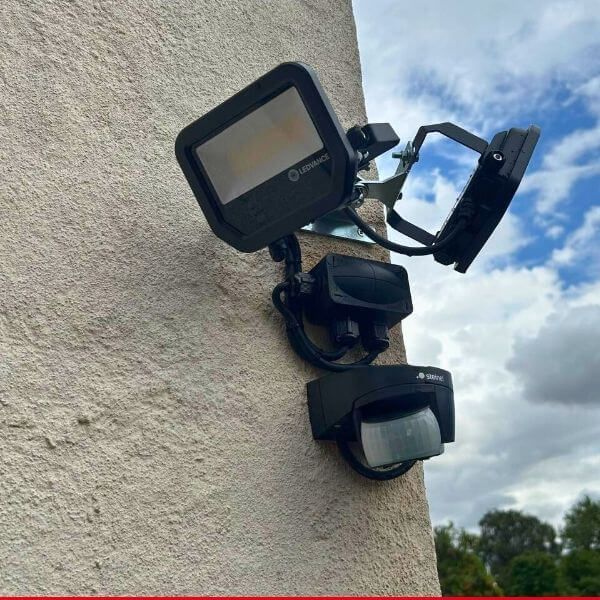Your Fuseboard Explained: What It Does & When to Upgrade
What Does A Fuseboard Do?
Your fuseboard — also called a consumer unit — is the heart of your electrical system. It manages and protects every circuit in your home or workplace, helping prevent electrical hazards before they become serious.
Here’s a quick look at what’s inside:
- Circuit Breakers (MCBs)
These protect individual circuits (like lights or sockets) by automatically cutting power if too much current flows — preventing overheating and reducing fire risk. - Residual Current Devices (RCDs)
RCDs cut off electricity in milliseconds if they detect a fault or risk of electric shock, offering vital protection for people. - Surge Protection Devices (SPDs)
Now standard in many installations, SPDs defend your electronics from voltage spikes caused by surges or lightning strikes. - Main Switch
This lets you shut off all electricity to the property when needed — essential for safety and emergency work.
Is Your Fuseboard Up to Date?
An outdated or overloaded fuseboard can not only reduce efficiency but also pose a serious safety risk. Here are a few signs you might need an upgrade:
- Frequent tripping or flickering lights
- No RCD protection present
- A rewireable fuse system instead of breakers
- Planning major electrical work or adding new circuits (like EV chargers, extensions, or outdoor power)
- Your consumer unit looks aged or isn’t labelled clearly
Remember: A tripping fuse board is a safety measure. Don’t ignore it—take action to ensure your home and family remain safe.
At E.R. Electrical, we carry out full consumer unit inspections, installations and upgrades — ensuring compliance with current wiring regulations (BS 7671) and giving you complete peace of mind.
Not sure if your fuseboard meets today’s safety standards?
We’d be happy to take a look and advise on your options.










